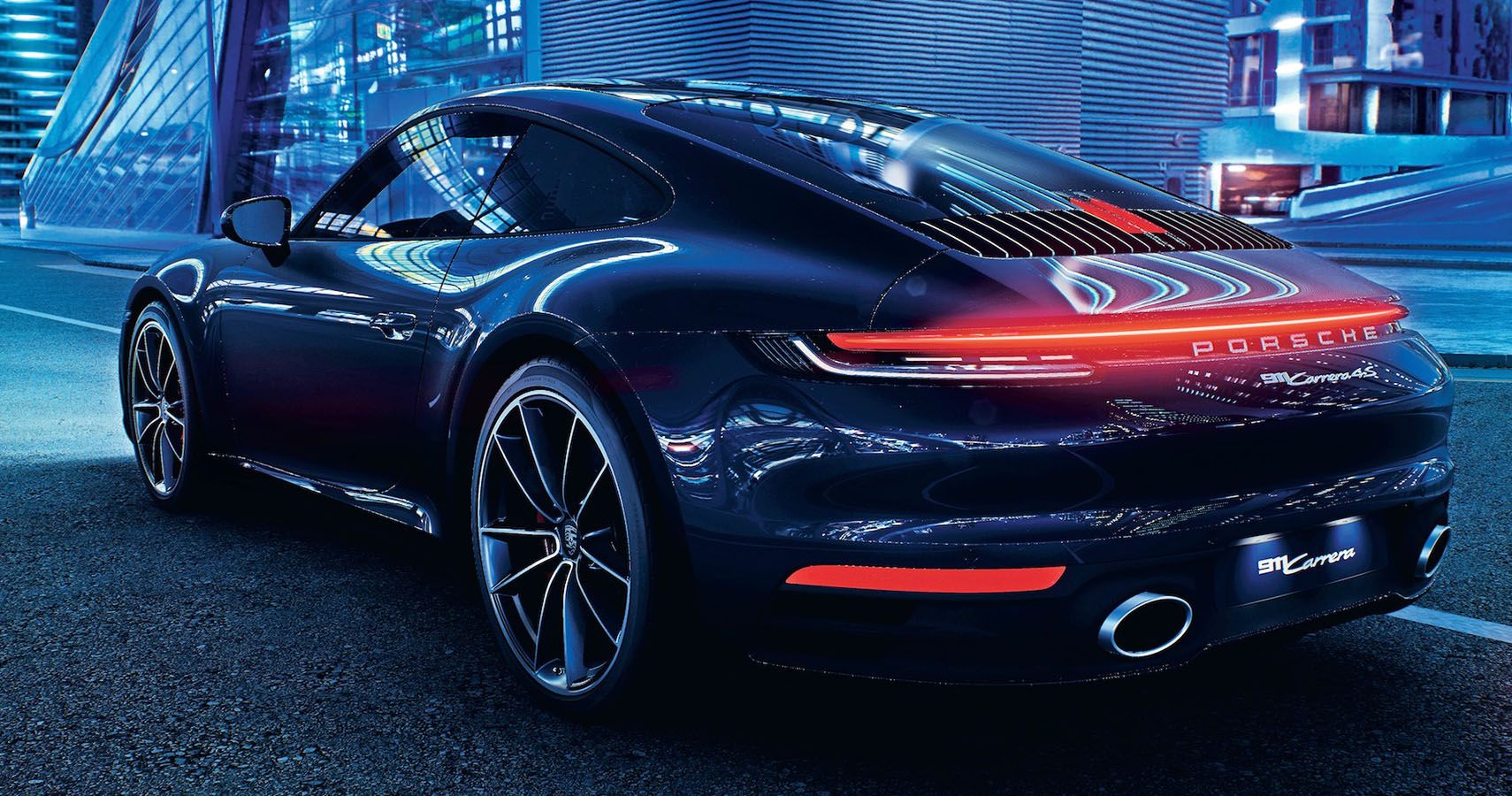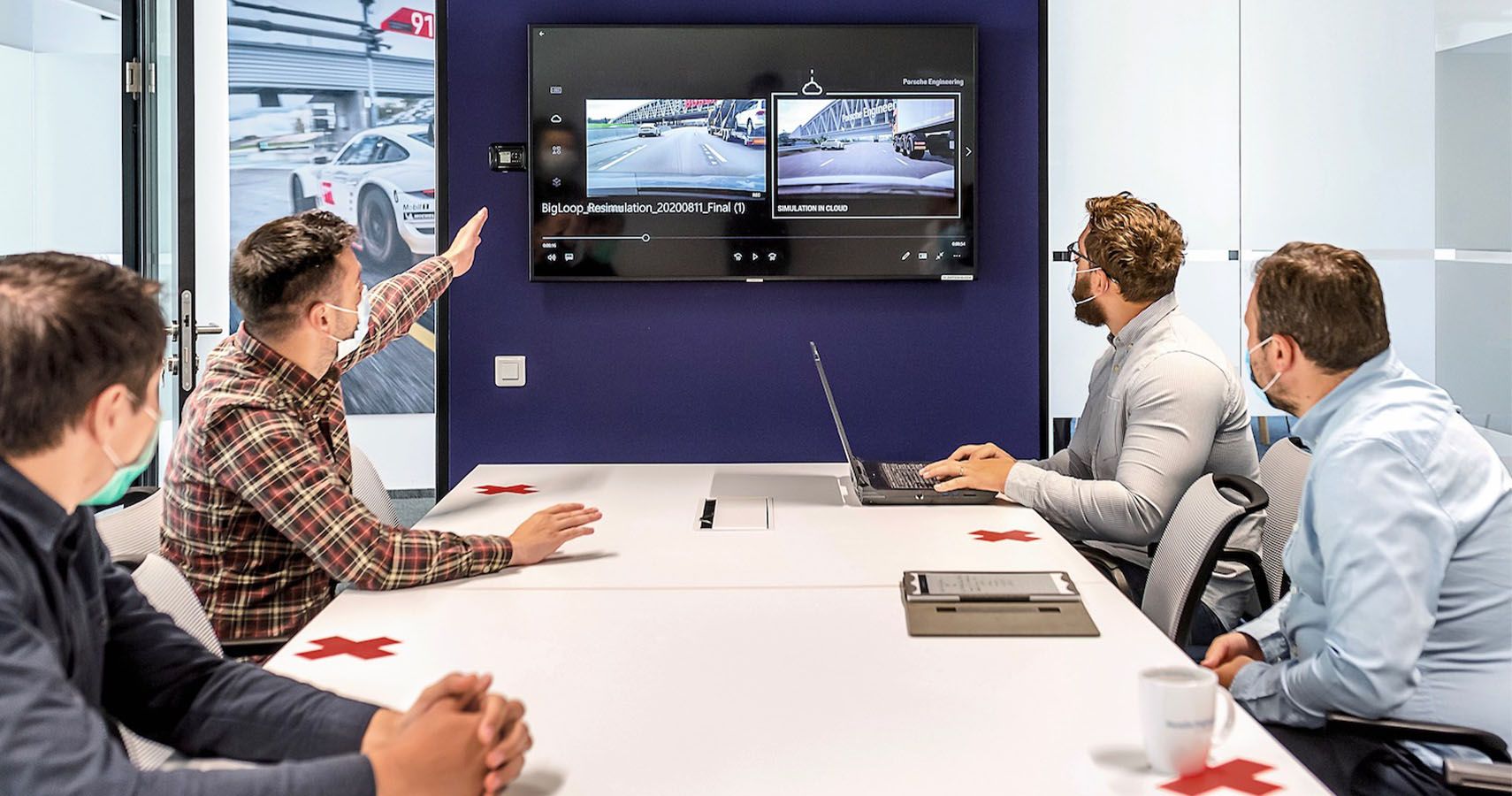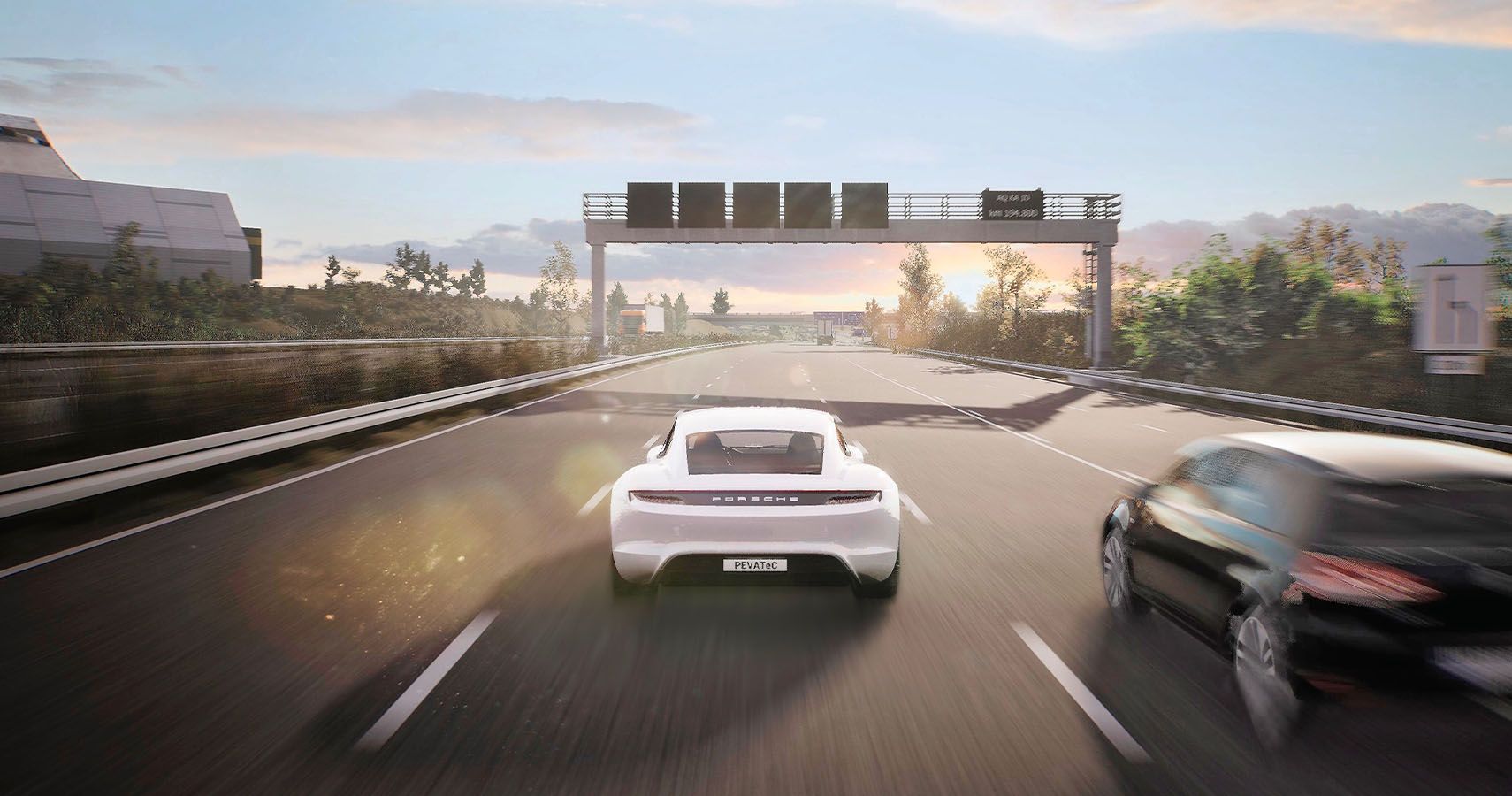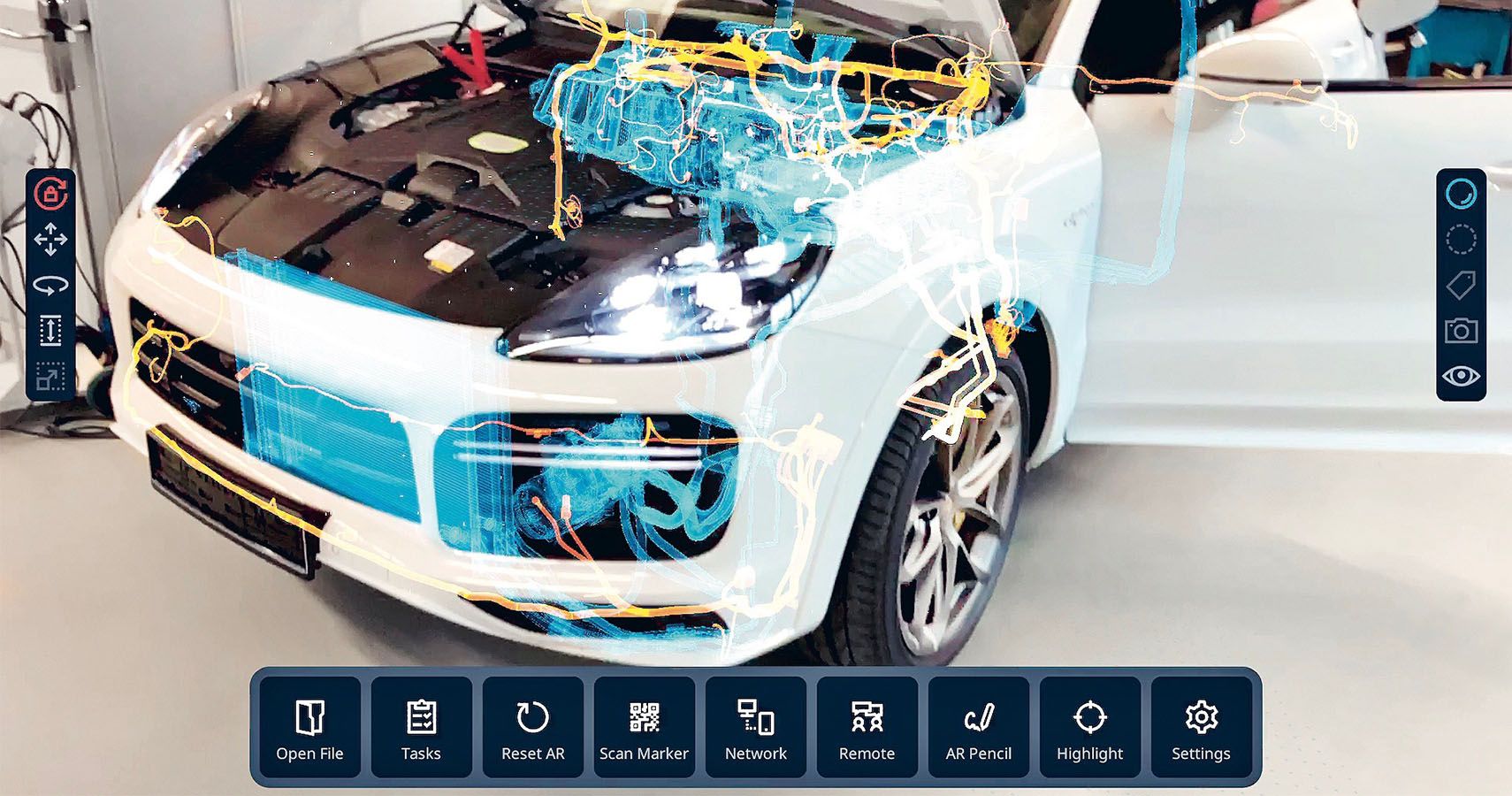Gaming technology plays perhaps an undervalued role in the automotive industry these days. When the coronavirus pandemic ground motorsports to a halt, plenty of professional drivers pivoted to competing in e-sports driving series—and everyone knows how much time F1 drivers spend in the seats of their massively complex and expensive racing simulators. Amid the rise of tech like adaptive cruise control, head-up displays, and autonomous driving functions, automakers increasingly turn to the gaming industry for new features to help push the boundaries of design, development, and safety. And now, Porsche has revealed just how much gaming contributes to the develop of new cars like the 992-generation 911, as well as advanced safety features.
A Team Of Tech Wizards Helping Porsche's Processes
Porsche's team of engineers use game engines like the 3D modeling software program Unreal 4, which powers popular massive multiplayer online games including Fortnite, extensively in the design and development process, from external and interior aesthetics to advanced algorithms dictating the performance of borderline-autonomous safety features. The game engines allow Porsche's developers to simulate every possible scenario a car may encounter—even if doing so in real life would present logistical and safety challenges that simply couldn't be overcome otherwise.
Simulated Worlds For Simulated Cars And Simulated Drivers
One example comes in the form of the A8 autobahn, located near Stuttgart's airport in the real world—but Porsche's team has entirely built up the A8 in a digital world to match. But where driving a new Taycan or 911 down to the road in real life would require massive amounts of time—for the cars and in man-hours—the simulated road allows Porsche to run innumerable tests in seconds, instead of hours.
Virtual Reality Design And Customer Experiences
Using virtual reality in the design process allows automotive firms to render potential new features, colors, textures, and layouts instantaneously rather than waiting for a new build to emerge from a real-life production line. Case in point is the black frit band on the Cayenne Coupe's glass roof, which was rendered digitally to find how small it needed to be rather than build and welded and machined in multiple iterations for the team to inspect in real life. Porsche also revealed the company has entered testing for a virtual reality customer experience that allows buyers to put on a headset and virtually experience the car they're configuring at the dealership—similar to the technology that Lucid has unveiled for potential buyers of the forthcoming Air (a crucial piece of marketing given that the Air doesn't exist quite yet).
Sources: newsroom.porsche.com and unrealengine.com.




